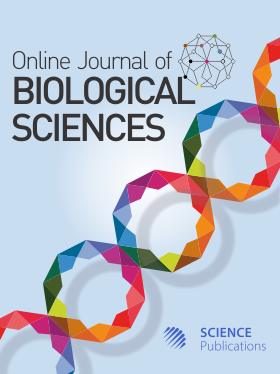Epidemiological Insights and Case Fatality Analysis of SARS-CoV-2 in Indian States During the First Wave
- 1 Department of Molecular Biology, ICMR-National Institute of Malaria Research, New Delhi, India
- 2 Department of Molecular Genetics and Microbiology, ICAR-Central Institute for Research on Goats, Makhdoom, Farah, India
- 3 Department of Microbiology, School of Medical Science and Research, Sharda University, Greater Noida, India
- 4 Biotech Consortium India Limited, Anuvrat Bhawan, Deendayal Upadhyaya Marg, New Delhi, India
- 5 Department of Biotechnology, GLA University, Chaumuhan, Mathura, India
Abstract
Severe Acute Respiratory Syndrome Coronavirus-2 (SARS-CoV-2) has globally spread, causing a significant health crisis. India, with over 157,000 fatalities, ranks third globally in mortality cases. While vaccine development has played a pivotal role in decelerating the virus's spread, understanding the specific factors influencing morbidity and mortality during the first wave remains essential. This retrospective study analyzes data from 28 Indian states and 8 Union Territories (UTs) to examine transmission pathways and Case Fatality Rate (CFR) associated with SARS-CoV-2. Data sources include national health records and government databases, encompassing all confirmed cases reported during the study period. The CFR was calculated using standard epidemiological formulas, with statistical analyses performed using least squares means analysis (Harvey Software). The study reveals significant variations in CFR across different geographical zones in India: Central (17%), Eastern (14%), North Eastern (7%), Northern (22%), Southern (12%) and Western (28%). Period II (April to June 2020) showed significantly higher CFR (p<0.01). Monthly CFR calculations revealed noteworthy variations throughout the year (p<0.01). The Western zone had the highest CFR compared to other zones. The analysis also highlights the impact of age and comorbidities, with individuals over 21 years exhibiting the highest age-specific positivity rate and patients with chronic diseases representing 87.13% of cases. This study provides novel insights into the epidemiological landscape of COVID-19 during India's initial wave, offering significant implications for public health strategies and contributing new dimensions to existing literature.
DOI: https://doi.org/10.3844/ojbsci.2025.219.231

- 2,433 Views
- 1,046 Downloads
- 0 Citations
Download
Keywords
- Epidemiology
- SARS-CoV-2
- CFR
- Indian States
- Co-Morbidities
- Mortality
